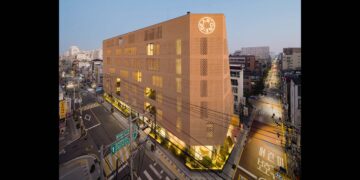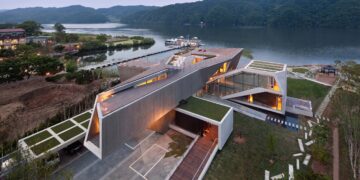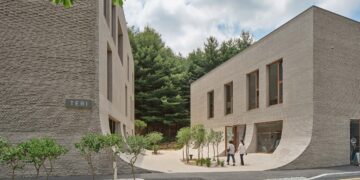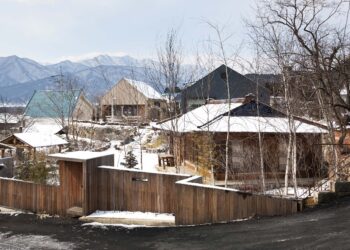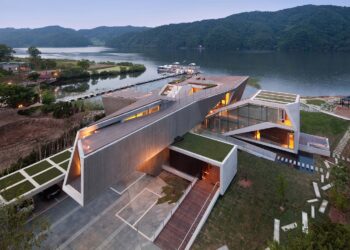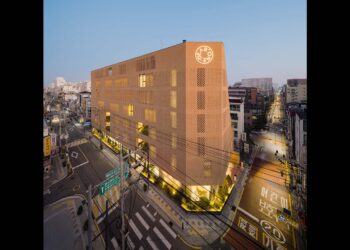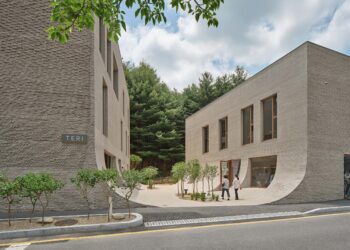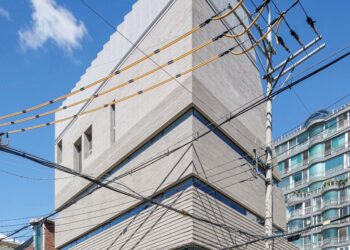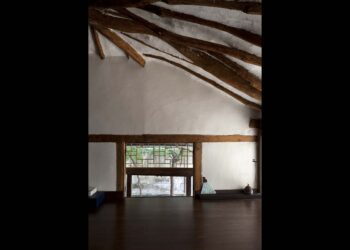Sewoonsangga Citywalk

The Sewoonsangga, comprising seven shopping centers from Jongno to Toegye-ro over 1km in the center of Seoul, was conceived in the late 1960s as the first urban renewal project of South Korea and designed by first-generation Korean architect Kim Swoo-geun. It was transformed into a huge structure with residential, commercial, and amenity spaces from an illegal settlement of Korean War evacuees. However, as other areas of Seoul developed in the 1980s, Sewoonsangga became a dilapidated megastructure that hindered the development of the city.
To improve this situation, the city demolished some of the passageways and remodeled several shopping districts as part of the Cheonggyecheon restoration project in the early 2000s. Subsequent reorganization plans included the removal of part one closest to Jongmyo and the creation of a park on that place, but in March 2014, the plan was changed to preserve all the existing malls.








The project of re-structuring the Sewoonsangga citywalk is one of the projects that Seoul has been promoting to fluidify pedestrian paths, build a large-scale infrastructural network at different levels, and improve walking environments. It was carried out in two phases, and the second phase was started in 2017 by holding an international design competition. The first phase had already been completed through an international competition in 2015.
The plan is to rebuild urban space along a linear building complex, and restore the central citywalk connecting Jongmyo and Namsan, weaving in alternating green, recreational, and commercial spaces. With the realization of ‘A City Open Platform’ by Modo Studio, Italy as the winner of the competition, the new public walkway between Sampungsangga and Jinyangsangga was revived. In the section of Hotel PJ leading, pedestrian bridges connected by the ground were installed on both sides of the building. This increases the possibility for the Sewoonsangga to adapt to constant changes in the heart of Seoul.









The open platform interacts with the city on two scales. One is the urban scale, the ‘macro-scale’, which defines the platform as a continuous path across multiple districts, and furthermore, as a long pedestrian spine. The other is the ‘micro-scale’, which activates the transformation of nearby districts. This platform, which enhances the quality of life through two scales of approaches, is an attempt to guide careful development and regeneration of the long-established urban fabric, and is expected to bring new vitality.
Project: Sewoonsangga Citywalk / Location: Seoul, Republic of Korea / Architect: modostudio / Design team: Fabio Cibinel, Roberto Laurenti, Giorgio Martocchia, Daria Fimmanò, Giulia Mangiola, Vera Rispoli / Collaborators: Architect of Record, Structural engineer & MEP services, and site manager_Tomoon Architects & Engineers / Competition phase collaborators: Structural engineer_Sarti engineering; Prof. Arch. Yeol Park / total area: 18450m² / Completion: 2022 / Photograph: ©JongOh Kim (courtesy of the architect)

[powerkit_separator style=”double” height=”5″]






